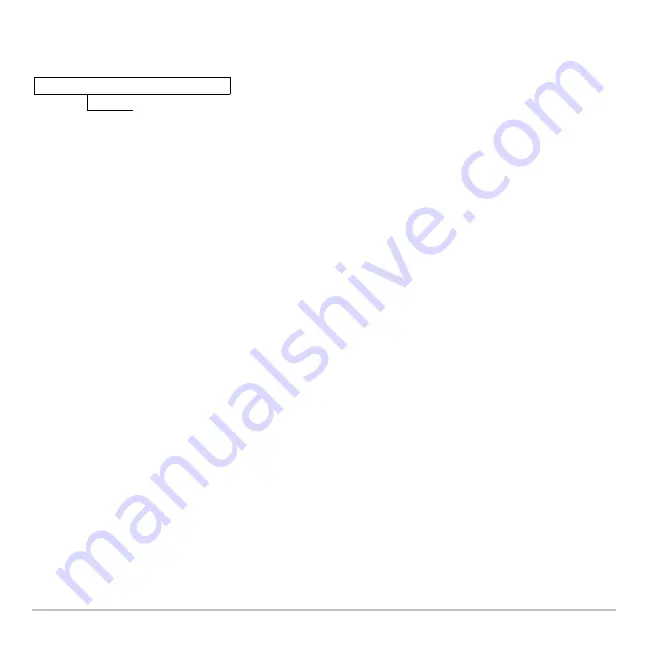
Memory and Variable Management
706
If you paste a variable name that is not in the current folder, the variable’s pathname is
pasted.
Archiving and Unarchiving a Variable
Archiving and Unarchiving a Variable
Archiving and Unarchiving a Variable
Archiving and Unarchiving a Variable
To archive or unarchive one or more variables interactively, use the
VAR-LINK
screen.
You can also perform these operations from the Home screen or a program.
Why Would You Want to Archive a Variable?
Why Would You Want to Archive a Variable?
Why Would You Want to Archive a Variable?
Why Would You Want to Archive a Variable?
The user data archive lets you:
•
Store data, programs, or any other variables to a safe location where they cannot be
edited or deleted inadvertently.
•
Create additional free RAM by archiving variables. For example:
-
You can archive variables that you need to access but do not need to edit or
change, or variables that you are not using currently but need to retain for future
use.
Note:
You cannot archive variables with reserved names or system variables.
-
If you acquire additional programs for your Voyage™ 200, particularly if they are
large, you may need to create additional free RAM before you can install those
programs.
sin(class\a2
Assuming that
CLASS
is
not
the current folder, this is
pasted if you highlight the a2 variable in
CLASS
.
Summary of Contents for Voyage 200
Page 36: ...Getting Started 36 D B D B Press Result ...
Page 45: ...Getting Started 45 3 0 D B D D B D Press Result ...
Page 46: ...Getting Started 46 D 2 0 0 2 D B Scroll down to October and press Press Result ...
Page 60: ...Getting Started 60 B D Press Result ...
Page 139: ...Previews 139 8 Complete the operation Press 2 d Steps and keystrokes Display 5 f 2 ...
Page 453: ...Differential Equation Graphing 453 ...
Page 468: ...Tables 468 ...
Page 777: ...Activities 777 ...
















































